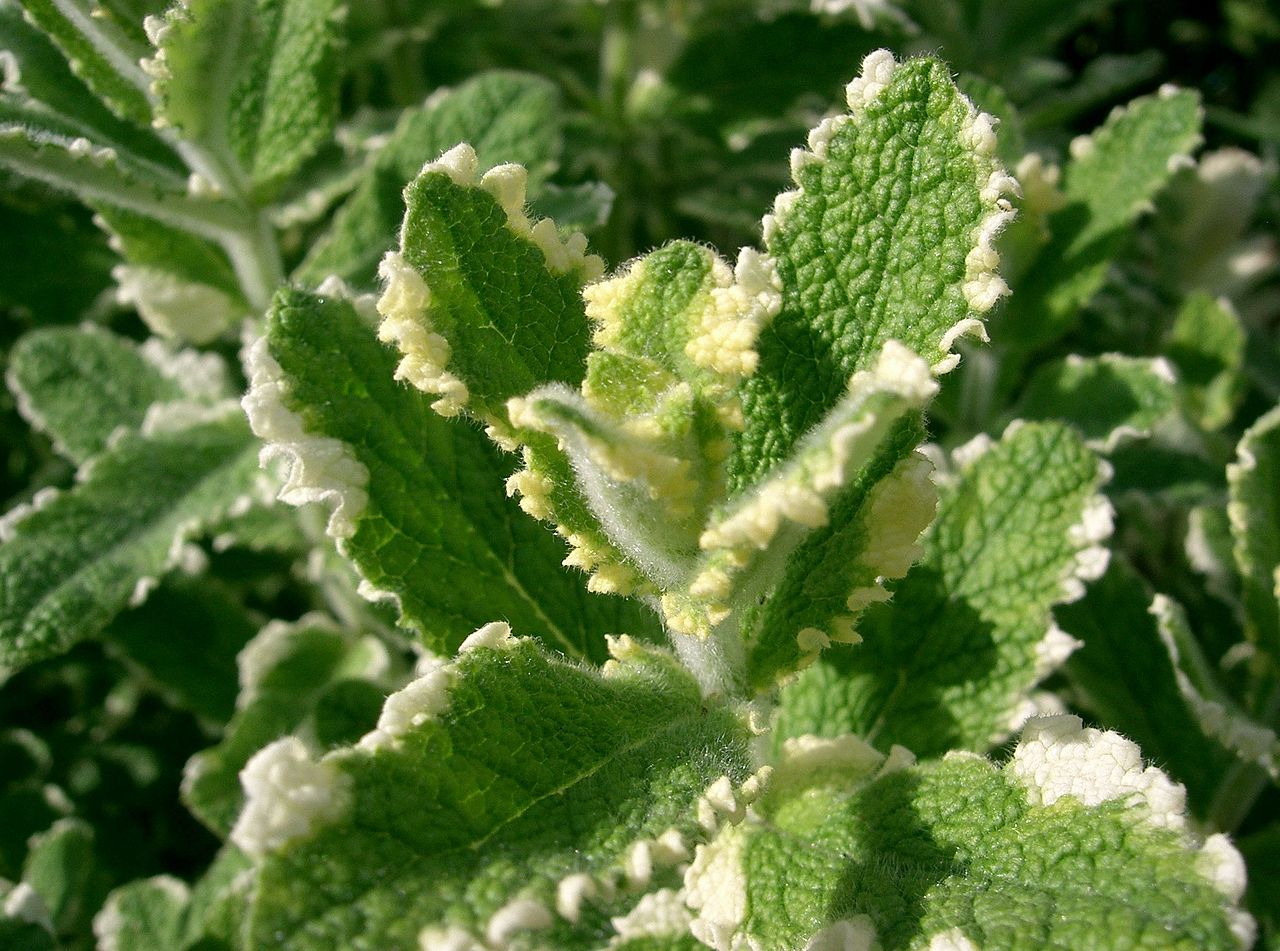2020 seems to have been an exceptional year for blossom, with a non-stop heady rush that was perhaps over a little too soon. One tree I always look out for a few weeks after the Wild Cherry (Prunus avium) flowers, is its double-flowered cultivar 'Plena'. This can be found in plantation woodland around the boundary of Oulton Park (VC63).
Near the above tree, is the double flowered cultivar of Horse Chestnut (Aesculus hippocastanum 'Baumanii'). I have been walking under this tree for years and never noticed it, but perhaps work commitments in a normal May mean I have never passed at the right time. I find its stumpy little candles rather unexciting, and that probably explains why its not seen more often. Foolishly I seem to have mislaid my photos, so here is an image from the Deepdales nursery website.
Unusual Sycamores (Acer pseudoplatanus) always catch my eye, and a favourite is f. variegatum 'Simon-Louis Fréres'. There is a fine tree in the churchyard at Swillington (VC64).
This handsome Common Whitebeam, at the edge of plantation in Water Haigh Woodland Park (VC63) is Sorbus aria 'Lutescens'. It remains white well into the summer when the young fruit are markedly pubescent.
At the same location, Purple Filbert (Corylus maxima 'Purpurea') has self-sown from an unknown source. I think I am on safe ground (in the absence of fruit) with the ID given the excellent purple coloration, but most hazels encountered from introductions seem to be hybrid Kentish Cob types. Last year I found some of these with pale muddy purple leaves suggesting 'Purpurea' in the parentage.
The woodlands round the capped landfill at Newsam Green (VC64) include a few trees of Paperbark Birch (Betula papyrifera) amongst the Silver Birch (Betula pendula). These are only just reaching an age where the bark turns white, and the juvenile bark can be confusing.
Finally, to encourage more people to look at hawthorns as they come into fruit later this summer, here is a compare and contrast between the typically (not always, its not definitive) small-flowered Hawthorn (Crataegus monogyna) and its often large-flowered hybrid with Large-Sepalled Hawthorn (Crataegus rhipidophylla) i.e. Crataegus x subsphaerica. The hybrid is common and spreading locally, and probably elsewhere. Flower size is often a good way to pick out the non-native hybrid and its parent. However, the hybrid usually (but not always, some forms have clearly intermediate foliage) needs to be confirmed later when in fruit. Therefore, the large flowers may be the first indication that there is something potentially interesting to check again later in the year.

































